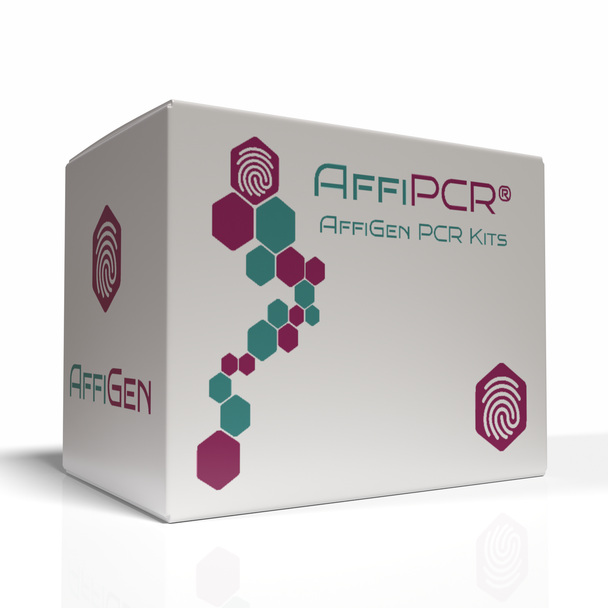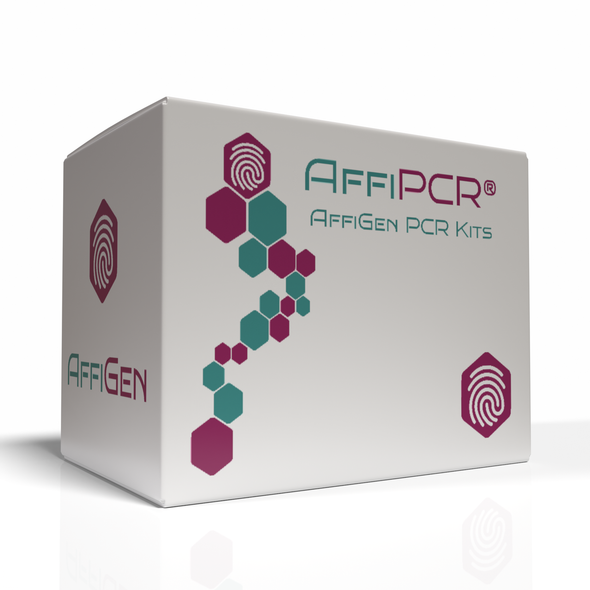Description
AffiPCR® Zika Virus Real Time PCR | AFG-SCC-112 | AFFIGEN
Description: Real Time PCR test for detection of Zika VirusTarget Disease Type: Dangerous Infections
Specific Application: Zika Virus
Storage and Shipping : on request
Zika Virus RT-PCR V73-50FRT DataSheet
INTRODUCTION
Zika virus (ZIKV) is a member of the virus family Flaviviridae and the genus Flavivirus. It is spread by daytime-active Aedes mosquitoes, such as A. aegypti and A. albopictus. Its name comes from the Zika Forest of Uganda, where the virus was first isolated in 1947. It was subsequently identified in humans in 1952 in Uganda and the United Republic of Tanzania. Outbreaks of Zika virus disease have been recorded in Africa, the Americas, Asia and the Pacific.
The incubation period of Zika virus disease is not clear, but is likely to be a few days. The symptoms are similar to other arbovirus infections such as dengue, and include fever, skin rashes, conjunctivitis, muscle and joint pain, malaise, and headache. These symptoms are usually mild and last for 2-7 days.
During large outbreaks in French Polynesia and Brazil in 2013 and 2015 respectively, national health authorities reported potential neurological and auto-immune complications of Zika virus disease. Recently in Brazil, local health authorities have observed an increase in Guillain-Barré syndrome which coincided with Zika virus infections in the general public, as well as an increase in babies born with microcephaly in northeast Brazil. Agencies investigating the Zika outbreaks are finding an increasing body of evidence about the link between Zika virus and microcephaly.
Zika virus is transmitted to people through the bite of an infected mosquito from the Aedes genus, mainly Aedes aegypti in tropical regions. This is the same mosquito that transmits dengue, chikungunya and yellow fever. However, sexual transmission of Zika virus has been described in 2 cases, and the presence of the Zika virus in semen in 1 additional case. There is no specific treatment or vaccine currently available. The best form of prevention is protection against mosquito bites.
Infection with Zika virus may be suspected based on symptoms and recent history (e.g. residence or travel to an area where Zika virus is known to be present) . Zika virus diagnosis can only be confirmed by laboratory testing for the presence of Zika virus RNA in the blood or other body fluids, such as urine or saliva.
INTENDED USE
Zika Virus Real-TM is a Real-Time test for the qualitative detection of Zika Virus RNA in the blood, plasma, urine, saliva, tissue, amniotic liquid. ZIKA RNA is extracted from specimens, amplified using RT-amplification and detected using fluorescent reporter dye probes specific for Zika or Zika IC.
PRINCIPLE OF ASSAY
Zika virus detection by the polymerase chain reaction (PCR) is based on the amplification of the pathogen genome specific region by using specific primers. In real-time PCR, the amplified product is detected using fluorescent dyes. These dyes are linked to oligonucleotide probes that bind specifically to the amplified product. The real-time monitoring of the fluorescence intensities during the real-time PCR allows the detection of accumulating product without re[1]opening of the reaction tubes after the PCR run. Zika Virus Real-TM PCR kit is a qualitative test that contains the Internal Control (IC), which must be used in the extraction procedure in order to control the extraction process of each individual sample and to identify possible reaction inhibition. Zika Virus Real-TM PCR kit uses “hot-start”, which greatly reduces the frequency of nonspecifically primed reactions. “Hot-start” is guaranteed by separation of nucleotides and Taq-polymerase by using a chemically modified polymerase (TaqF), which is activated by heating at 95 °C for 15 min.






